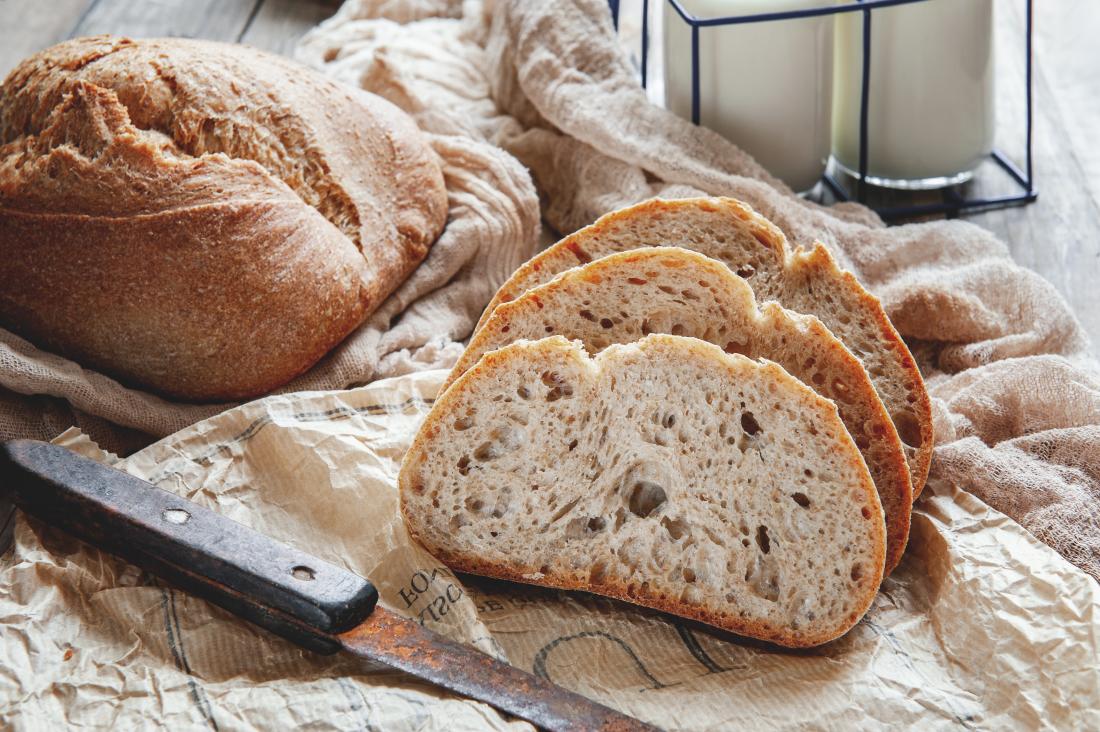Is Bread Bad for Your Weight? How to Manage? A Comprehensive Guide
As someone who has struggled with their weight, I know how daunting it can be to navigate the world of carbohydrates, especially when it comes to bread. With so much conflicting information out there, it can be hard to know what to believe. But fear not, because I’ve done my research, and I’m here to share the facts with you. In this guide, I’ll cover everything you need to know about whether bread is bad for your weight, and how to manage it.
Is Bread Bad for Your Weight?
The short answer is no, bread in and of itself is not bad for your weight. However, like any food, it’s all about moderation and making the right choices. Eating too much bread, especially if it’s highly refined and processed, can contribute to weight gain. But if you choose whole grain bread and consume it in moderation within your daily calorie budget, it can actually be a healthy part of your diet.
How to Manage Bread Consumption for Weight Management
1. Choose Whole Grain Bread
The first step is to choose bread that is made with whole grains. Whole grain bread has more fiber than refined bread, which helps slow the absorption of carbohydrates consumed at the same meal or snack. Aim for bread that lists whole grain as the first ingredient, such as whole wheat, white whole wheat, or whole oats.
2. Portion Control
As with any food, portion control is key. People on a 2000-calorie eating plan need six servings a day (about 6 ounces) from the grain group. That includes all bread, pasta, oatmeal, cereals, tortillas, and grits. At least half of those should be whole grains. Keep portions in mind, and be aware that a single bagel can pack 3 to 5 ounces of grain.
3. Watch Added Sugar
Many store-bought breads contain added sugar, such as high-fructose corn syrup. This sweet additive has the opposite effect of fiber and can lead to sudden blood sugar spikes and crashes, which can increase your appetite for more carbs. Aim for bread with 5 grams or less of added sugar per serving.

4. Pair Bread with Complementary Foods
Bread goes best with a buddy, so you want to pair it with complementary foods to build a balanced meal. Carbs, like lean protein or healthy fat, need a complement to help slow digestion and improve long-term satiety.
So layer your sliced bread with lean protein such as chicken, tuna, or eggs, or an anti-inflammatory fat like almond butter, hummus, avocado, or olive oil.
5. Keep Track of Your Carb Consumption
Keeping track of your carb consumption throughout the day can be helpful, especially if you’re extra sensitive to carbs or have a history of insulin resistance. Try not to eat bread with other carb-rich foods, such as pasta or potatoes, within a short period of time. Stick to one serving of carbs per meal or snack, spaced out about three to four hours apart.
MY FINAL WORD
Bread can be a healthy part of your diet, as long as you make the right choices and consume it in moderation. Choose whole-grain bread, practice portion control, watch added sugar, pair bread with complementary foods, and keep track of your carb consumption.
By following these tips, you can enjoy bread without sabotaging your weight management goals. YOU CAN READ MORE HERE
